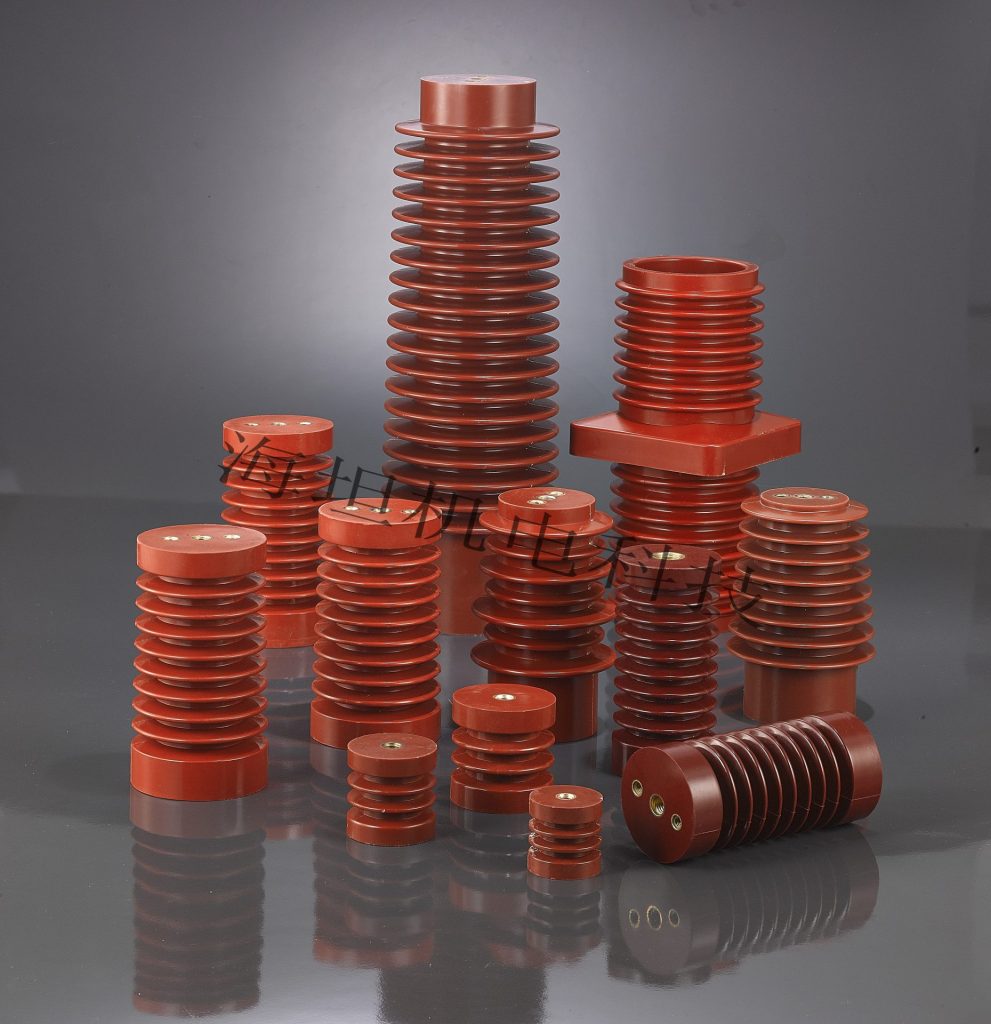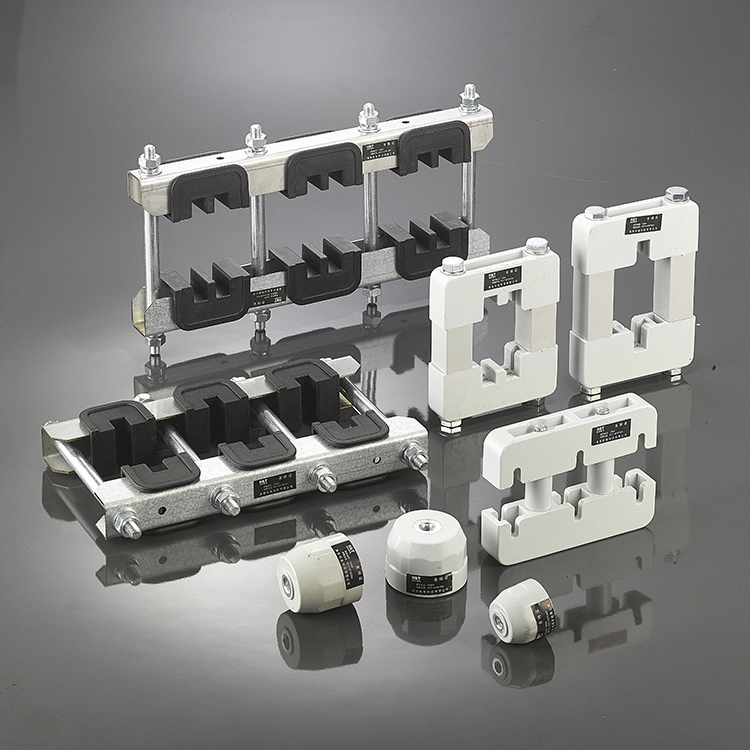Benefits of Busbar Support in SLVA Cabinet
What is an SLVA Cabinet?
SLVA cabinets, in other words, SLVA standardized low-voltage switchgear, are principal parts in electric distribution networks. These cabinets are built to accommodate low-voltage switchgear which is of utmost importance for the management of electrical power in a safe and effective manner. SLVA cabinets are broadly applied in a wide range of industries, from manufacturing to commercial buildings and utilities, to guarantee the reliable functioning of electrical systems.
Structure and Design Features of SLVA Cabinets
SLVA cabinets are made in such a way that they are strong and long-lasting and can protect the low-voltage switchgear. Their design is built around the several features that can be called imperative to the safety, efficiency, and easy maintenance of the equipment. Important design components of SLVA cabinets include::
- SLVA cabinets are usually modular, making it possible to easily expand and customize them according to the user’s needs. The use of modularity makes it possible to add new components or to reconfigure the existing ones as needed.
- SLVA cabinets having a compact design, thus, attain space efficiency which is why they can be installed in several environments such as crowded places. They have space-saver designs that make them appropriate for all kinds of installations, from busy places to structures that have limited space.
- The electrical appliances in the cabinet are secured with cooling and ventilation to take care of overheating. In this way, the equipment gets a long time and suffers no function failures.
- SLVA cabinets are endowed with safety provisions such as arc flash protection, as well as grounding systems and isolation barriers to protect both the equipment and the personnel.
- SLVA cabinet is designed in such a way that all the components can be accessed easily for maintenance and if there is any problem to troubleshoot, thereby reducing the downtime and ensure the efficient operation.
Materials and Selection Standards for Busbar Supports
Busbar supports are key components within SLVA cabinets, providing mechanical stability and electrical insulation for busbars. The selection of materials for busbar supports is crucial to ensure their performance and longevity. Common materials used for busbar supports include:
Materials
- Epoxy busbar supports have excellent electrical insulation capabilities, mechanical strength, and resistance to environmental factors such as humidity and temperature changes.
- Another popular busbar support material is a glass-reinforced plastic (GRP), which has higher strength-to-weight ratio, electrical insulation, and corrosion resistance.
- Ceramic busbar supports have high electrical insulation and heat resistance for applications with extreme temperature changes.
Selection Standards
- IEC 61439: It consists of the essential criteria for the low voltage switchgear and control gear assemblies with details of the materials and the design of bus route supports.
- UL 94: A standard on the flammability of plastic materials, thus, the protection of busbar supports as per the fire safety standards.
- ASTM D638: A standard test method for the evaluation of the plastic tensile properties represents the mechanical power of busbar support material.
Installation Process of Busbar Supports in SLVA Cabinets
The installation of busbar supports in SLVA cabinets is a critical process that requires careful planning and execution. The steps involved in the installation process include:
- Planning and Layout: The busbars and supports are laid out in a way that they can be spaced and aligned to get the best performance. In this case, it is necessary to consider facts like the current capacity, expansion heat, and mechanical stability.
- Mounting the Supports: Busbar supports are mounted inside the SLVA cabinet with proper fasteners and brackets. The correct placement is important to prevent the mechanical stresses from being unevenly distributed.
- Precise Busbars Positioning: Supports are used to put busbars on the supports, making sure they are fastened and aligned. Special attention is given to the fact that no sharp bends and stress points are encountered which may cause mechanical failure.
- Electrical Connections: Busbar and switchgear components are making electrical connections in the busbars and switchgear components. This refers to the compliance with proper torque settings and using the correct connectors to maintain electrical integrity.
- Testing and Inspection: After the installation, a very careful testing and inspection are conducted to verify electric and mechanical integrity of the busbar supports and connections. Conducting testing for insulation resistance, continuity and mechanical stability are also included.
The Importance of Busbar Supports in SLVA Cabinets
Busbar supports are the backbone and the main players in two of the most important fields affecting the performance, life expectancy, and reliability of SLVA cabinets. Various important features of them are described here:
- Electrical Insulation: Busbar supports is needed to protect electrical insulation from malfunctioning that could otherwise cause short circuit or electrical failure, in turn making sure that the switchgear is operated reliably.
- Mechanical Stability: If a busbar is moved due to mechanical stress during an earthquake, the insulator prevents the busbar from grazing or coming into contact with the electrical ground and thus prevents equipment degradation to the detriment of the electrical system integrity.
- Thermal Management: Busbar support which is properly installed it has a function that helps manage thermal expansion and also a contraction mechanical deformation is prevented that is why electrical performance does not get affected.
- Safety: The busbar supports contribute to SLVA cabinets’ overall safety by the prevention of electrical arcs and serving as physical barriers that are put between live components and personnel.
Advantages of Busbar Supports in SLVA Cabinets
The use of high-quality busbar supports in SLVA cabinets offers several advantages:
- These supports not only provide stability and insulation of busbars but, also, they further enhance the overall reliability of the electrical distribution system.
- Busbar supports not only stand for the reduction of the risk of electrical faults and mechanical failures but also the creation of a highly safe work environment.
- Both the use of high-quality materials and proper installation of busbar supports can contribute to the prolonged lifespan of a switchgear system, which in turn, causes a reduction in both maintenance costs and downtime.
- One’s investment can be very profitable when it is properly spent on good quality busbar supports, ensuring that their breakdowns and correction costs are minimized.
Click To View More Busbar Support Products>>
Case Studies: Application of Busbar Supports in SLVA Cabinets
Case Study 1: Industrial Manufacturing Plant
An industrial manufacturing plant regularly faced electrical malfunctions and operational stoppages due to defective busbar supports in their SLVA cabinets. After the transformation of epoxy busbar insulators, the factory witnessed a steep drop in disruptions, mainly thanks to the considerable improvement in the plant’s reliability as a whole. The extraordinary ability of the supports to operate under heavy current loading was ensured as the material’s higher thermal resistance and mechanical strength provided more stability.
Case Study 2: Commercial Building
A commercial building with a complicated electrical distributing system needed a dependable solution to avoid electricity malfunctions and always provide a constant power supply. The installation of busbars with glass-reinforced polyester (GRP) in their SLVA cabinets not only provided the required electrical insulation but also improved the mechanical stability of the system. The building’s electrical control and maintenance department has noticed a decrease in the number of electrical faults and also improvement in the safety of the maintenance personnel.
Case Study 3: Utility Substation
A utility substation was in need of the SLVA cabinets upgrade to accommodate higher current capacities and ensure the distribution of power remained reliable. The ceramic busbar supports were able to fulfill both the desired thermal and electrical insulation properties. Most notable, the application of this technology led to heightened performance and reliability for the substation. The new supports handled the thermal stresses and mechanical loads excellently.
We all know the significance of busbar supports within the SLVA cabinets, which are very essential for the proper and safe functioning of the whole range of electrical current distribution systems. These components are made up of the materials that are fitted and installed correctly such as the busbar supports that contribute to the overall performance, safety, and longevity of the switchgear components housed within SLVA cabinets.
--- END ---
© Copyright 2024 China Haitan Electromechanical Technology Co., Ltd. All rights reserved.SUPPORT BY:JUNJ Privacy Policy


 E-mail:
E-mail:  No. 20 Lingyun Road, Dongfeng
No. 20 Lingyun Road, Dongfeng 
